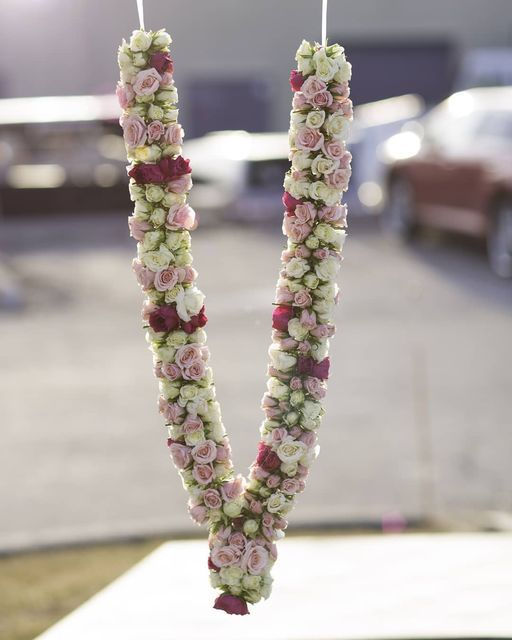The Significance of the Varmala Ceremony in Indian Weddings
- pushpa kumari
- Dec 21, 2024
- 2 min read

The Varmala ceremony, also known as the Jaimala, is a key ritual in Indian weddings, symbolizing the union of two individuals, their families, and the beginning of a new journey together. It is one of the most anticipated moments in the wedding celebration, marked by joy, excitement, and cultural significance.
Symbolizing the Exchange of Respect and Equality
The Varmala ceremony is a symbolic act where the bride and groom exchange garlands made of flowers, usually roses, marigolds, or jasmine, depending on the region. The exchange of garlands is an expression of mutual respect, as both individuals are seen as equals in the relationship. The act of placing a garland around each other’s neck represents the acceptance of one another and the mutual promise to support, care for, and respect each other throughout their married life.
Cultural and Spiritual Significance
In addition to its emotional and social implications, the Varmala ceremony also holds spiritual significance in many Indian traditions. In Hindu weddings, the exchange of garlands represents the couple’s willingness to come together in the presence of the divine. It is a way to honor the gods and seek their blessings for a prosperous and happy married life. The ceremony is seen as a sacred bond between the couple, and it marks the couple’s formal entry into the sacred space of marriage.
In some regions, the bride and groom may engage in playful competition during the Varmala ceremony, with the groom trying to place the garland on the bride, while she playfully avoids it, symbolizing the idea of winning each other’s hearts. These light-hearted moments also add to the celebratory mood of the occasion, signifying the joy and festivity that surrounds the beginning of a new life together.
A Moment of Celebration and Bonding
The Varmala ceremony is a public declaration of the couple's commitment to each other and a shared moment of celebration. Family members and friends gather to witness the exchange of garlands, and their applause signifies the collective joy and blessings bestowed upon the couple.
In many weddings, this moment is followed by the bride and groom taking their places for the next phase of the ceremony, such as the Saat Phere (seven vows) or the exchange of wedding rings.
This ritual also strengthens the social bond between the two families, as the marriage not only unites the couple but also brings together their loved ones in a shared celebration. The Varmala ceremony is, therefore, a moment where family, tradition, and culture intersect, creating memories that will last a lifetime.
Conclusion
In essence, the Varmala ceremony is a beautiful blend of cultural, spiritual, and emotional significance in Indian weddings. It symbolizes the beginning of a new chapter in the lives of the bride and groom, marking the start of their journey as life partners. The exchange of garlands is a powerful symbol of mutual respect, love, and equality, and it stands as a joyful and sacred moment that brings families together in celebration



Comments